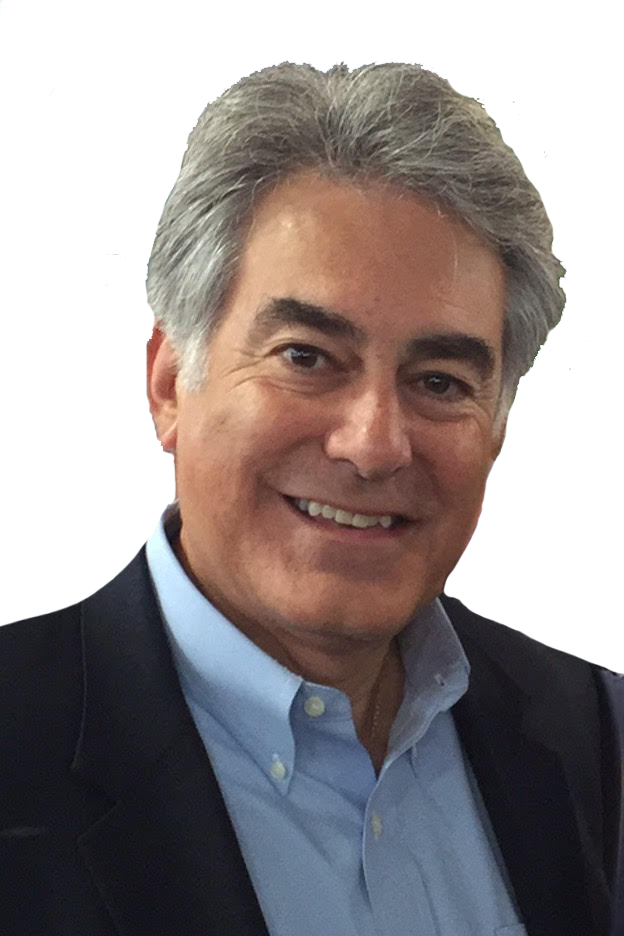Compassion and Awareness are the First Steps in Understanding Autism
April is Autism Awareness Month
Last month, I read an article in The New York Times entitled, “Reaching My Autistic Son Through Disney,” by Ron Suskind.1 As the title suggests, the article chronicles Suskind’s experience with his son, Owen, a lover of Disney movies who was diagnosed with autism. At the time of his diagnosis, Owen, 3 years old, was non-verbal. But through memorizing the dialogue and inflections from the various Disney characters in the movies he loved, over the course of a number of years, he created his own language that he used for communicating and connecting with others. As a parent of a child with special needs, I found his story to be moving and very inspirational. The article is an excerpt from Suskind’s book that was released this month called “Life, Animated.” The timing seemed particularly apt since April is Autism Awareness Month in New York.
Autism is a complex developmental disability that typically appears during the first three years of life and affects a person’s ability to communicate and interact with others. It is defined by a certain set of behaviors and is a “spectrum disorder,” meaning it affects individuals differently and to varying degrees.2 Some people, like Owen, are completely non-verbal, while others are very high-functioning and communicative – which is how, partially thanks to Disney movies, a devoted family and a variety of specialists, Owen is today.
In Owen’s case, he was developing normally, but suddenly, at the age of 3, developed many of the signs of autism; he became shut off from the world. He was diagnosed specifically with regressive autism. Suskind and his wife noticed that Owen loved watching Disney Movies – he would sit and watch them for hours, oftentimes rewinding and re-watching certain scenes over and over again. They were working with a variety of specialists for Owen, and nobody saw a particular problem with his movie-watching. And, as it turns out, Owen was memorizing these movies and learning how to communicate again.
The diagnosis of autism is on the rise and according to the Centers for Disease Control and Prevention (CDC) the prevalence of autism has risen to 1 in every 68 births in the United States and almost in 1 in 54 boys. Given these numbers, the odds are you have a friend, family member or neighbor whose been touched by autism, yet many do not know what autism is or have an understanding of the challenges families face. Signs of autism include a lack of, or a delay, in spoken language; repetitive use of language and/or motor mannerisms (hand-flapping and twirling objects, for example); little or no eye contact; lack of interest in peer relationships; lack of spontaneous or make-believe play and persistent fixation on parts of objects.3 Despite these symptoms, many people with autism lead happy and productive lives, especially when they have the right resources available to help them.
Most recently, I supported a resolution declaring April as Autism Awareness Month here in New York, which gives us the opportunity to educate the public about Autism.
Owen’s family had one advantage over other families, and that was location – living in Washington, D.C., they had schools and resources available to them that were relatively nearby. Here in Syracuse, I’ve been working with a family who has two children with autism to get them the resources they need. Sadly, this family currently buses their children one and a half hours to Binghamton and back each day so that they can attend a special school for children with autism. To me this is simply not acceptable; parents shouldn’t be forced to have their child spend several hours on a bus to go to school. With the growing prevalence of this disorder, we must do more to raise awareness across the state and country. We need to work to expand our resources here in Syracuse and across the state.
As the prevalence of autism keeps growing, we must do all we can to learn more about the disorder and help many with autism live the fullest lives possible. For more information on autism and what you can do to help, please visit the Autism Speaks Web site. My goal is to make extraordinary stories like Owen’s ordinary.
If you have any questions about this or any other community issue, please contact my office at 315-452-1115, or email me at StirpeA@assembly.state.ny.us.
______________________________________
1. nytimes.com/2014/03/09/magazine/reaching-my-autistic-son-through-disney.html?_r=0
2. Autismspeaks.org/what-autism/facts-about-autism
3. ibid
